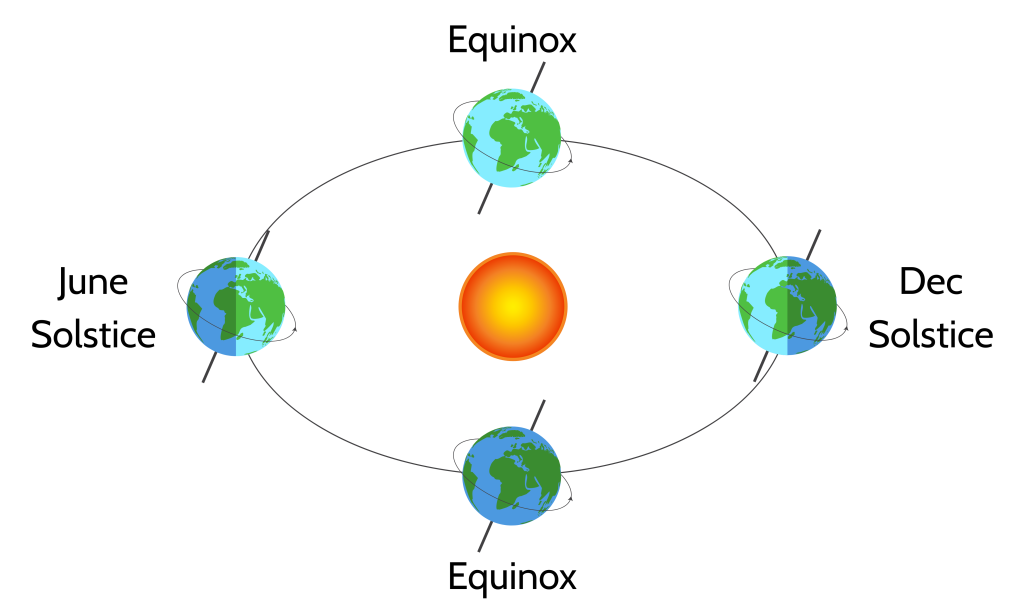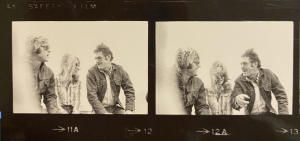Moon Mondays: Falling into an astrology trap

Courtesy photo
Happy autumnal equinox! Now, you can finally say fall is here — Sunday was still summer. On Monday, the sun entered Libra, the marker astronomers and astrologers use to signal the shift of the seasons.
The equinox is one of only two days each year when the sun rises exactly due east and sets due west, creating nearly equal hours of day and night. If you watched your horizon yesterday or do so today, you’ll notice this cosmically inspired point of balance. Track the sun’s path over the coming months as it slides toward its most southern point at the winter solstice.
Let’s talk turkey: winter doesn’t begin at Thanksgiving. Winter starts on December 21 and lasts only three months. That “Thanksgiving-to-Easter” winter perspective? It’s not only seasonally inaccurate, but just plain depressing. My second favorite ski condition, after powder of course, is slushy spring skiing and it doesn’t happen in winter (at least not yet).
Earth’s Tilt and Seasonal Cycles
Right now, the Earth is at its midway point in orbit around the sun. The planet’s tilt is balanced — neither leaning toward nor away from the sun. That tilt creates our seasons. At the June solstice, the northern hemisphere tips toward the sun, giving us summer. At the December solstice, we lean away, ushering in winter.

If you think of the year as a circle, the equinoxes and solstices are the four cardinal points. They mark the turning of Earth’s seasonal wheel, grounding us in a rhythm as old as time itself.
Many of you recently sent me “The New York Times” article, “Your Zodiac Sign is 2,000 Years Out of Date.” Monday offered the perfect chance to untangle the signs vs. constellations mix-up because it stems from something literally called the “precession of the equinoxes.”
Constellations are star patterns in the sky — like Orion or the Big Dipper. Some constellations share names with zodiac signs: Aries, Virgo, Scorpio, which is the root of the confusion. Constellations are different than the signs you look up in this paper to see if you’re having a five-star day.
In India, Vedic astrology uses a star-based system, but tropical astrology (most used in the west) works differently. It’s seasonal and Earth based. Aries the sign always begins at the March equinox, not when the sun is in the Aries star-pattern; Libra the sign always begins at the September equinox, not with the star grouping called Libra. This zodiac wheel is tied to the solstices and equinoxes — the lived rhythm of light and dark — not the constellations.
Why Seasons Matter More than Stars
The tropical zodiac emerged about 2,500 years ago, when ancient sky-watchers realized the equinoxes no longer aligned with their namesake constellations. Because the Earth’s axis wobbles over a 26,000-year cycle (the precession of the equinoxes), the backdrop of stars behind the sun gradually shifts through all the astrology-named constellations.
The ancient Greeks noticed that if they kept planting and harvesting according to constellations, instead of the sun’s seasons, they would eventually be completely off and ultimately reversed at the 13,000-year point: spring in autumn and vice versa. Planting crops at the spring equinox was a matter of survival — literally life or death. Harvest too late in the fall, and the first frost could wipe out food for the winter. Survival depended on tracking our star’s relationship to the Earth, not the distant ones.
Western astrology is season centered, tied to the lived, embodied cycles of Earth — spring and fall, planting and harvest, light and dark. Constellation-based astrology uses a different system, equally rich but distinct.
The “New York Times” piece is astronomically correct: the sun isn’t “in” the same constellation as the tropical sign we call it. But it conflated two different astrological systems, missing the point. Tropical astrology isn’t meant to mirror constellations — it’s about how we, on Earth, experience the sun’s cycle through the seasons. Astronomers themselves will tell you the sun entered Libra on Monday, the equinox. That’s seasonal astrology in action.
The equinox invites us to embrace balance: equal day and night, expansion and contraction. It’s a nudge that just as the sun shifts, so do we. We move from the outward energy of summer toward the inward pull of winter. The aspens are just starting to flame golden against the first snows high on the peaks, a cue that this is the waning time of year.
Next week, I’ll write about the moon’s monthly cycle and how it mirrors the sun’s yearly one.
Until then, may this equinox bring you balance and a connection to your place in Earth’s unfolding rhythm.
Sheridan Semple is an astrologer, astrology life coach and founder of Moon Sisters Circle. She helps women create equinox-inspired balance through astrology coaching. Find her work at sheridansemple.com or email her at sheridan@sheridansemple.com.
Aspenites share stories about late Robert Redford
After Robert Redford passed away Tuesday, Sept. 16, a number of Aspenites are sharing stories about their parents’ connections to the famous actor, director, and founder of the Sundance Institute and Sundance Film Festival.









